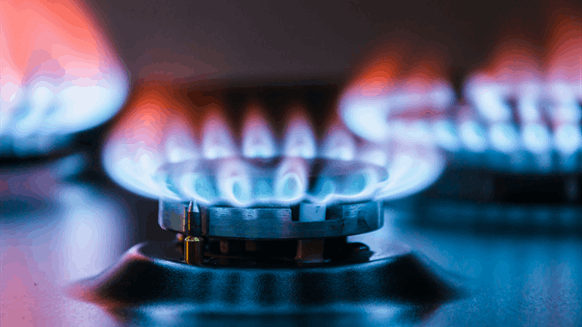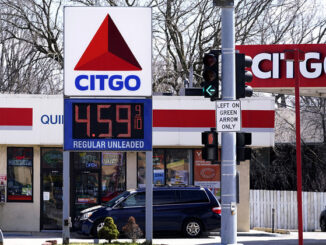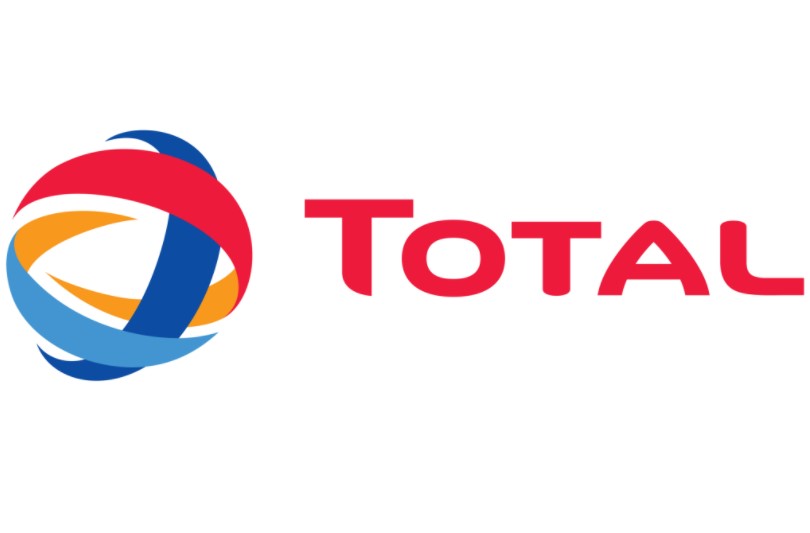
With the US becoming increasingly integrated into global gas markets as one of the world’s largest exporters, it is setting its sights on customers in the fluctuant European market.
Currently, US LNG exports are running at a little over 11 billion cubic feet per day, which is about 11% of the country’s marketed natural gas production.
According to Wood Mackenzie, North American prices are starting to be influenced by global trends in LNG markets and the US producers are starting to sell at international prices. EOG Resources, for example, signed a deal in 2019 for gas to be exported from Cheniere Energy’s Corpus Christi plant.
The contract was expanded and extended in February of this year, adding additional volumes, with the result that when sales reach their peak levels, about 65% of the gas will be sold at prices linked to the JKM benchmark for LNG in Asia. The rest will be sold at prices linked to the US benchmark Henry Hub. Apache, Tourmaline, and ARC have also signed contracts for sales linked to JKM and other international prices.
The appeal of such contracts now is obvious. JKM futures for this winter peaked at over $80 per million British Thermal Units in August, when the equivalent Henry Hub contracts were just over $10 per mmBTU. November 2022 futures for European benchmark TTF gas have dropped about 65% from their August peak but were still trading this week at the equivalent of about $35 per mmBTU, while Henry Hub was at about $5.30 per mmBTU.
More US producers are keen to take advantage of these much higher global prices, which seem likely to persist for several years, if the tensions between Russia and the EU over Ukraine continue. A Chesapeake Energy executive indicated at a recent Hart Energy conference in Houston that the company was looking at selling 20-25% of its production at international prices.
However, recent developments in Europe have underlined that exploring new territories can create new challenges. TTF, settled in the Netherlands, is seen as the European benchmark, but prices in the UK, Spain, Italy, and France can be very different. Limited pipeline capacity to move gas around Europe means that local market conditions can vary widely. November 2022 futures for UK benchmark NBP gas were trading at about $23 per mmBTU on Thursday, about 35% below the equivalent contract for TTF.
A glaring sign of the disparities between different European gas markets came this week from Spain, which has about a third of all Europe’s LNG regasification capacity. Enagas, the operator of Spain’s gas transmission system, warned that a mismatch between supply and demand for LNG coming into the country had resulted in “sustained episodes of very high levels of stocks in the tanks of all the regasification plants” in its gas network.
The strain on tank capacity is expected to continue at least until the first week of November. Enagas declared an “exceptional operating situation”, meaning that it would postpone any deliveries of LNG for which capacity had not already been booked, or which might result in storage tanks being overfilled. “Any request for flexibility that implies an increase in the amount of LNG to be unloaded will be denied,” it said. There are 35 loaded LNG tankers currently parked off the coast of Spain, waiting to find a slot to unload, Woodmac claimed
Those market conditions have put down pressure on prices. Gas for day-ahead delivery on Spain’s PVB hub has been trading at only about $13 per mmBTU.
This week, there has been a breakthrough for attempts to build additional gas pipeline capacity to help relieve this kind of bottleneck. Completion of the proposed Midi-Catalonia pipeline route across the Pyrenees was held up by international wrangling – Spain has been keen to push ahead with the project, while France opposed it. On Thursday, the heads of government of France, Spain, and Portugal announced an agreement to go ahead with an alternative project – the undersea BarMar pipeline from Barcelona to Marseille. It will be operational by the end of the 2020s.
European gas infrastructure has since the 1970s set up to move gas from east to west, from Russia’s gas fields to demand centers in Germany and beyond. Now Europe’s gas imports from Russia have plummeted and LNG, mostly brought into regasification plants in western Europe, is filling the gap. There is a growing need for capacity to move gas from west to east, and EU governments’ goals of ending their reliance on Russian gas completely suggest that the shift will be permanent. Gas pipeline infrastructure will need to be reconfigured as radically and new LNG regasification capacity will have to be added.
Emissions reduction goals have been seen by many European politicians as reasons not to invest in natural gas infrastructure, but the urgency of the current crisis is pushing aside some of those objections. Some infrastructure can be future-proofed for the transition to lower-carbon energy. The BarMar pipeline, for example, is intended ultimately to move green hydrogen, even though it is most likely initial to transport natural gas.
New regasification facilities in the markets with the greatest need will also help ease bottlenecks. Germany plans to have five FSRUs operational by the winter of 2023-24. France has approved TotalEnergies’ plan to have the Cape Ann FSRU in service at Le Havre by September next year.
Even though all this investment is now under way, reshaping gas flows around Europe remains a massive task that will not be completed in a year or two. And for as long as the process is under way, local market conditions will remain important, and pricing across Europe will continue to be complex.



